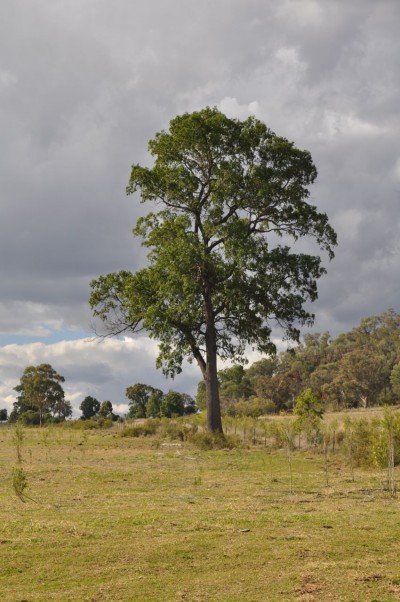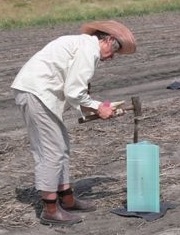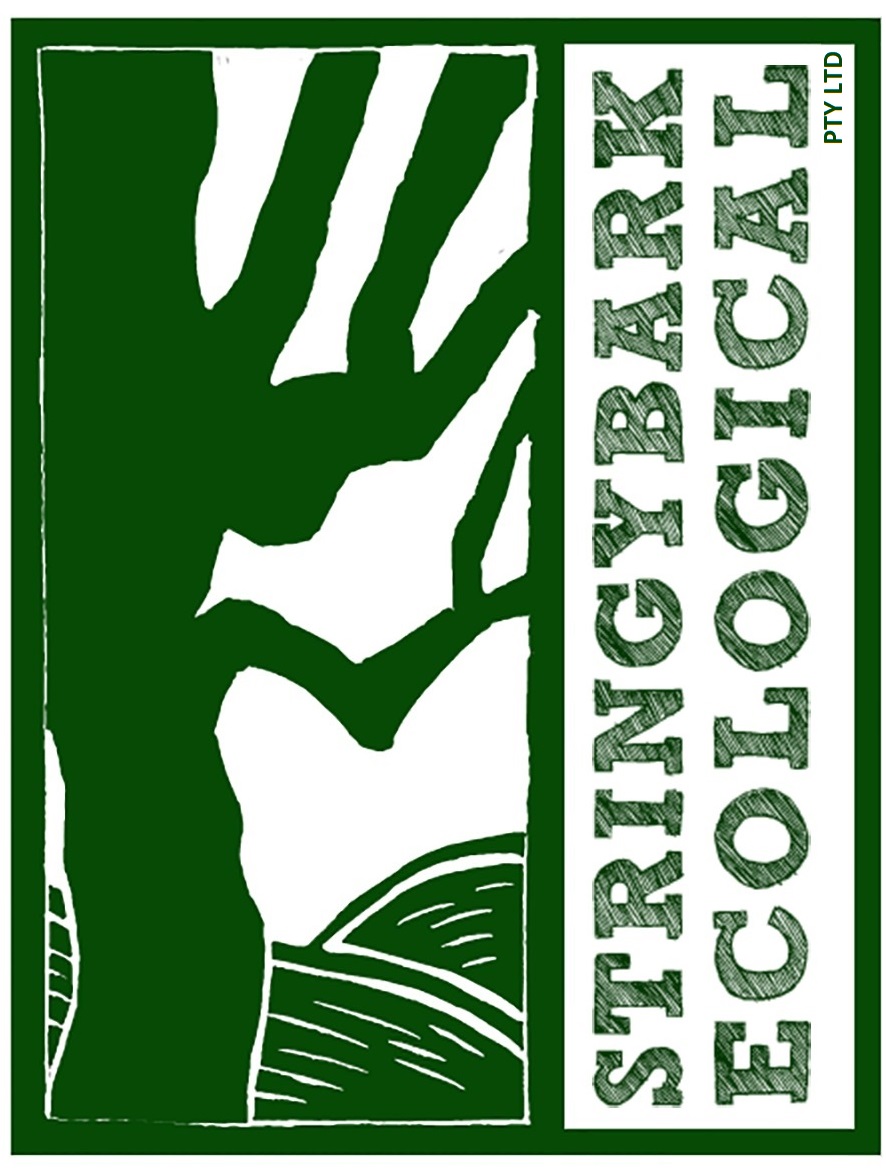Your cart is currently empty!
How to plant one tree
 A tree planted in the right place will provide shade and beauty for many people over many generations. Most of us only have room for one or two decent-sized trees in our suburban gardens, so its important to choose the right species. When you have chosen your tree, its just as important to plant it properly so it grows well and survives to maturity.
A tree planted in the right place will provide shade and beauty for many people over many generations. Most of us only have room for one or two decent-sized trees in our suburban gardens, so its important to choose the right species. When you have chosen your tree, its just as important to plant it properly so it grows well and survives to maturity.
Size matters!
You don’t have to choose a big tree in a big pot to get rapid growth. Many people make the mistake of buying a big tree in a big pot thinking that this will provide an ‘instant tree’. What matters most is a healthy root system that can spread into the soil quickly and find water and nutrients. I prefer to plant “tubes” or small trees in pots no deeper than 100mm and 50mm wide. In Australia we have a lot of shallow soils. Digging a deep hole to plant a tree from a big pot means you are putting the actively growing roots into the subsoil, where the roots will struggle to grow. Planting a small tree in a shallow hole means the roots can get into the topsoil and spread quickly.
Time to plant
Dig a hole slightly deeper and about three times wider than the rootball of your tree, fill it with water and wait until it drains away. Then place your seedling in the bottom of the hole, and backfill the soil around the rootball. Unless it is a grafted tree you can backfill above the original soil line – this gives better root development in many trees. Firmly press the soil around the rootball with your hands so there is good contact between roots and soil (but don’t compact the soil too much). Leave a slight depression for about 200mm radius around the tree to allow water to pool and soak in.
It’s all about water
The single most important thing a tree needs is a regular supply of water. To ensure it gets the right amount of water there are three things you should do:
- Choose a tree that is suitable for your climate! A rainforest or swamp tree planted in a dry climate will always struggle, and you’ll always be watering it.
- Plant the tree in moist soil, water it in and then water it regularly and deeply. A deep soaking with a slow hose once a week is much better than a daily splash on the surface.
- Mulch it. Apply mulch to the surface from the dripline to 150mm from the trunk. Soft organic mulches like straw or sugarcane are good, but use whatever is available to you.
Trees need a feed
Your tree will send out roots to find food in the soil, but you can encourage healthy growth by giving it a feed regularly. Choose your fertiliser based on the species. A lot of natives don’t like too much phosphorous (P) so choose a native fertiliser. You can also use compost. In temperate climates the best time to feed a tree is in early spring as it starts to actively grow, especially for deciduous trees. Follow up with a second feed in late summer. If you are planting fruit trees you can add Sulphate of Potash to encourage flowering and fruiting.
Protect your tree from the elements

If you are planting a small tree seedling, you can protect it from frost or extreme heat with a tree guard. There are many on the market that will do the trick. I like the three-sided plastic Corflute guards supported by a single stake, as you can use them over and over. A simple milk carton supported by two bamboo stakes will also do the trick and it’s cheaper. If the tree is planted in a windy spot or if it is likely to get jumped on or mowed over, you can stake it. Place one or two hardwood stakes, at least 25 x 25mm wide, about 300mm from the tree. Hammer them in and use soft, wide tie material to support the tree trunk – I use torn up bed sheets. Don’t tie the trunk tightly to the stake – it has to have room to bend and sway so it develops enough strength to stand up on its own. Trees shorter than 450mm would be best in a tree guard and trees taller than 450mm could be staked. Many trees will need neither staking nor guarding.
What next?
To keep your tree growing strongly, keep up the watering and feeding and stop weeds from growing underneath it. Then watch it grow and enjoy the many benefits.
Next post – How to plant lots of trees

Leave a Reply
You must be logged in to post a comment.